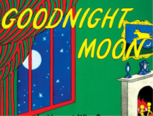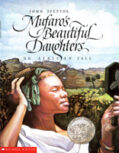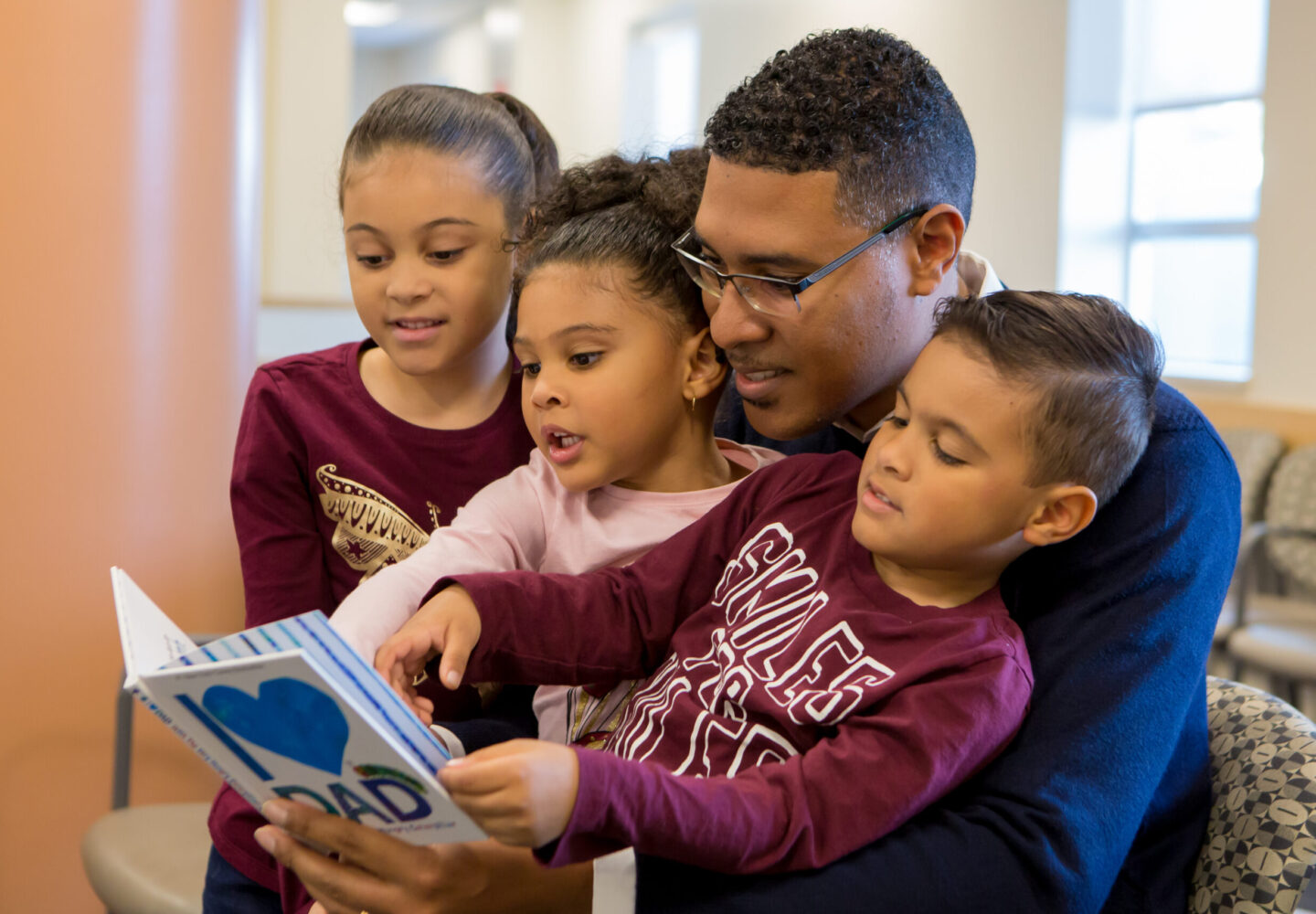Resources for Families
We’re here for you so that you can be there for them.
Helping your children navigate through the challenges of early childhood as they are being introduced to the world is filled with excitement! And spending time with a loving adult provides exceptional benefits. The simple act of reading aloud together helps create a lasting emotional connection, stimulates a child’s cognitive development, and lays the groundwork for a lifelong love of reading and learning. Reach Out and Read provides resources to encourage families to experience the power of shared reading. From reading tips in English and Spanish to diverse book recommendations, below you will find a list of our favorite resources to add to your activities at home.

















